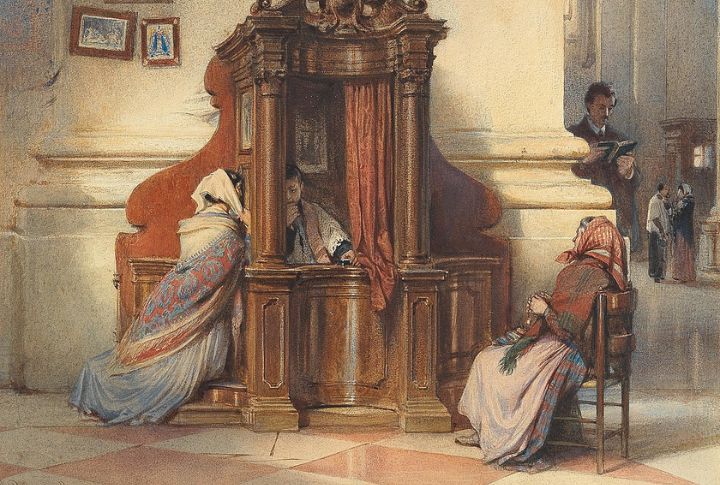
The Catholic Church touched nearly every part of medieval Europe, and its bells reminded towns of who held authority as days passed. Over time, that reach moved into royal courts and fields, leaving marks on knowledge and culture. To understand this lasting hold, let’s start with what made it possible.
The Church As A Political Powerhouse
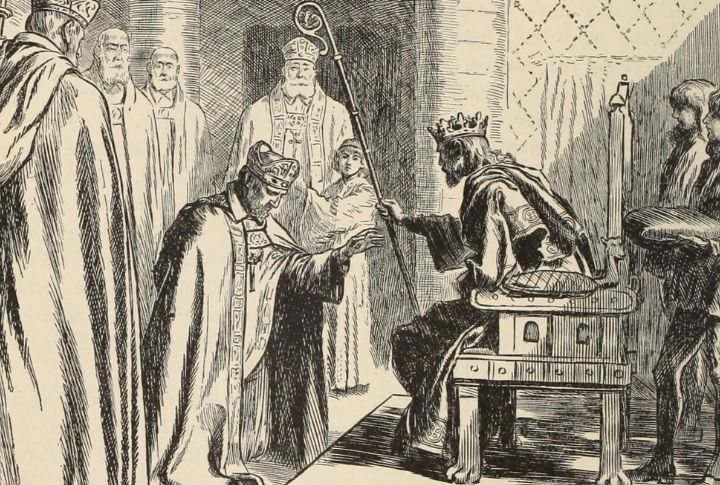
No emperor took the throne without Rome’s blessing. Popes influenced succession and used excommunication to pressure rulers into line. When kings pushed back, the Church pushed harder. The Investiture Controversy—centered on who had the right to appoint bishops—highlighted this power struggle and made one thing clear: Rome wasn’t backing down.
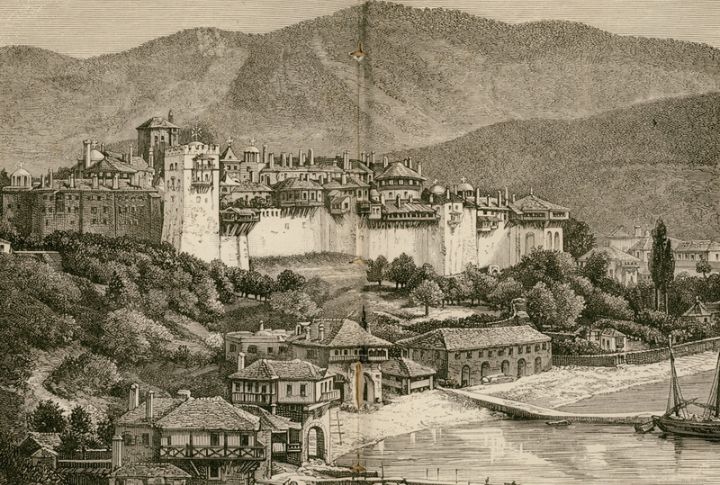
Serious resources backed that political strength. The Church owned vast stretches of land across Europe, where locals worked and also paid tithes—ten percent of every household’s income. Additionally, monasteries managed large estates and received steady donations, which strengthened the Church’s influence through its substantial financial might.
Control Over Education And Literacy
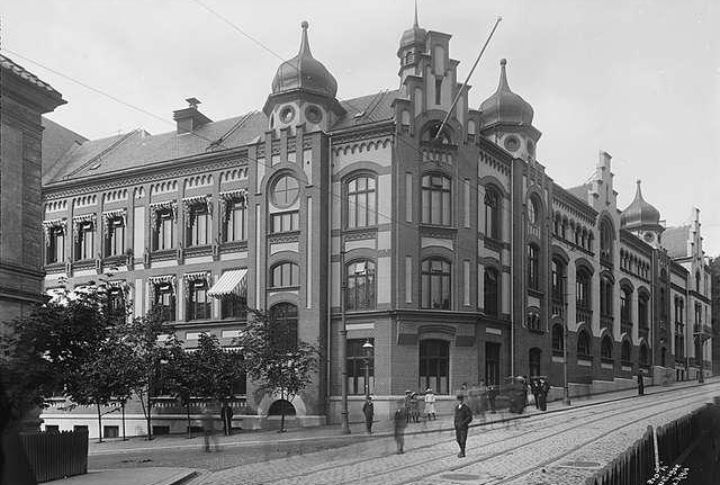
Wealth gave the Church more than land—it gave it control over knowledge. For instance, monasteries preserved classical texts and taught reading and writing, often being the only center of literacy. Cathedral schools and universities shaped the future clergy and scholars, while Latin Bibles ensured that religious learning remained firmly in the Church’s hands.
Influence Over Monarchies And Nobility
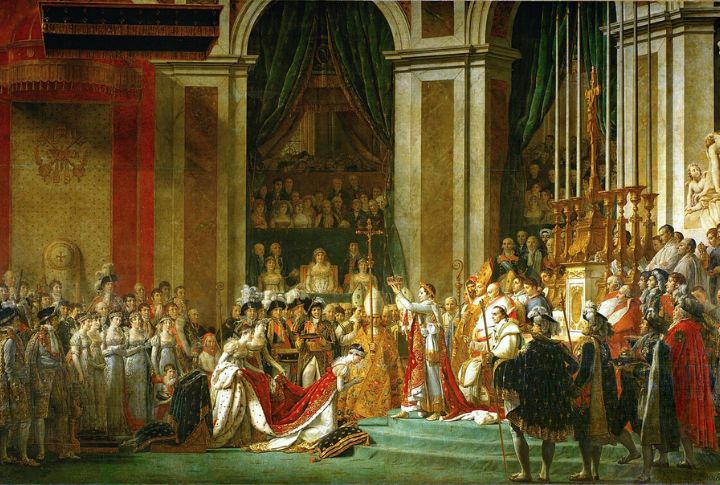
A royal coronation didn’t begin until the clergy stepped in; their presence affirmed a king’s divine right, while papal approval shaped marriages and secured political alliances. That trust ran both ways—rulers turned to clerics for counsel and diplomacy, which kept the Church deeply entwined with how kingdoms were built and maintained.
Gatekeeper Of Salvation And Moral Authority
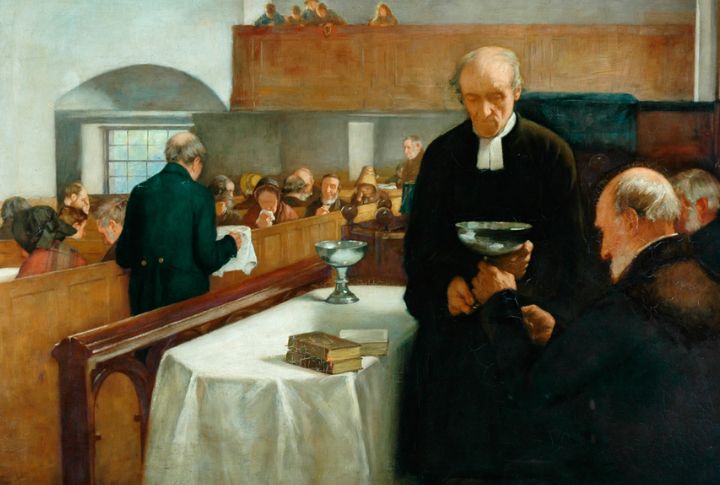
Getting into heaven wasn’t simple, and the Church ensured it remained that way. Salvation required sacraments, confession kept souls in line, and indulgences offered shortcuts through purgatory. With eternal fate resting on Church rituals, people didn’t just follow its teachings—they depended on them for peace in both life and the afterlife.
Monastic Orders As Engines Of Influence
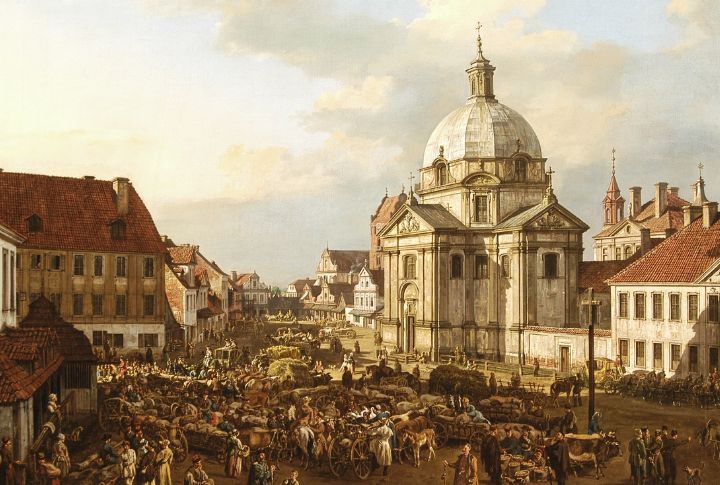
Their power not only came from Rome—it flowed through monastic orders, such as the Benedictines, who impacted daily life across Europe. By taking care of the sick and feeding the poor, they became trusted fixtures in their communities. Inside monastery walls, monks preserved knowledge and recorded history in ways that helped pave the way for reform.
The Church’s Role In Shaping Culture And Art

Faith guided how people worshipped, and it influenced how they created. Church patronage supported not just music and architecture but also literature and painstakingly crafted illuminated manuscripts. Whether through cathedral windows or handwritten pages, religious stories found vivid form. Even seasonal festivals reflected this deep link between art and belief.
Suppression Of Dissent And Intellectual Inquiry
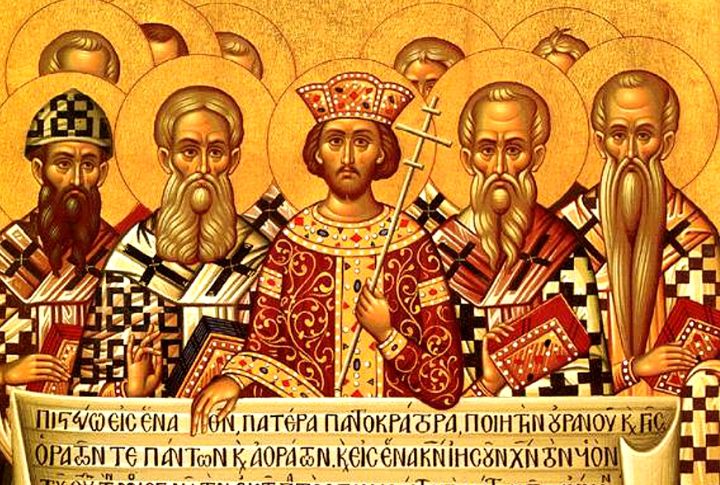
Speaking out could bring consequences, especially when beliefs didn’t align with Church authority. The Inquisition acted swiftly, targeting anyone labeled a heretic. To maintain control, translating the Bible into local languages was strictly banned. Academic debate still existed, but only within the boundaries the Church carefully defined and enforced.
Mobilization Of Crusades And Forceful Power
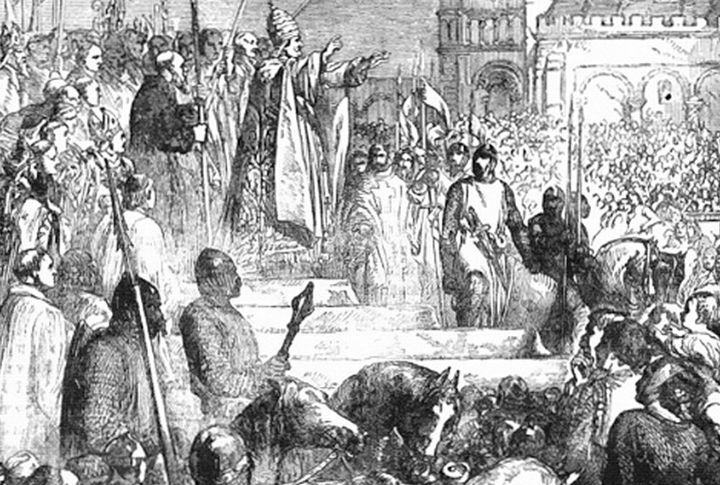
When Pope Urban II urged Christians to join the First Crusade in 1095, it signaled a major expansion of the Church’s influence. These were not only spiritual missions—they also advanced political goals. With campaigns launched under its banner, the Church expanded its dominance across borders, using force to support its growing ambitions.
Church-State Conflicts And The Rise Of Reform
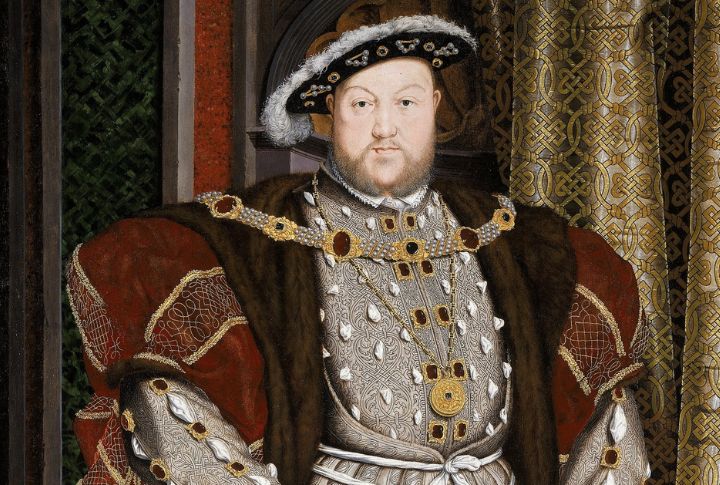
Power didn’t go unchecked forever. As practices like simony drew criticism, reformers began to speak out—most famously Martin Luther, who posted his 95 Theses in 1517. As the movement gained momentum, monarchs such as Henry VIII also broke away from Rome, and their actions reshaped the religious authority across Europe.

